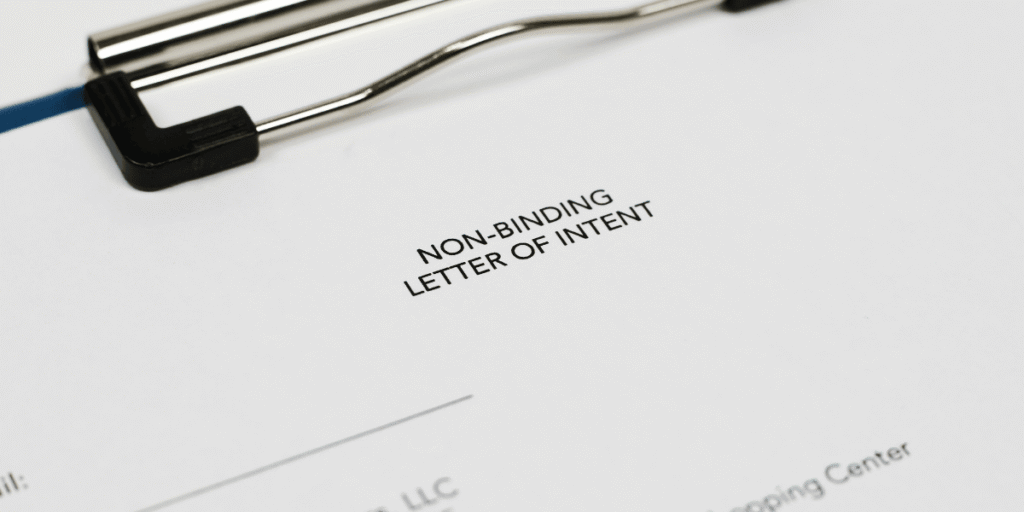Understanding Straight-Line Rent in Commercial Real Estate

What it means, how it’s calculated, and why it matters for tenants and landlords alike.
Key Takeaways
- Straight-line rent creates consistency in how rent is recorded for both tenants and landlords.
- It’s a critical part of lease accounting compliance (especially under ASC 842).
- Deferred rent bridges the gap between what’s paid and what’s reported.
- For lease extensions or restructures, accounting treatment can vary, and it’s important to weigh the options.
What Is Straight-Line Rent?
Straight-line rent is an accounting method used to evenly recognize rental expenses or income over the full term of a lease, regardless of how rent payments are scheduled.
In commercial real estate, it’s a concept that smooths out the financial reporting for leases that include rent escalations, free rent periods, or other irregularities.
Think of it like depreciation for a lease: rather than tracking rent payments month by month, straight-line rent spreads the total obligation (or income) equally across the lease term—creating predictability for both tenants and landlords.
Why Does Straight-Line Rent Matter?
For tenants, it helps create consistent expense recognition—even if their lease includes months of discounted or free rent. For landlords, it standardizes revenue recognition for financial reporting and can impact asset valuation.
More importantly, this method is essential for complying with accounting standards like ASC 842, which governs lease accounting in the U.S.
How to Calculate Straight-Line Rent
It’s simpler than it sounds. To calculate straight-line rent:
- Add up the total rent obligation across the entire lease (including any scheduled increases).
- Divide by the number of periods (typically months) in the lease.
Example:
If a five-year lease includes total payments of $600,000, the straight-line rent would be:
$600,000 ÷ 60 months = $10,000 per month
This means that even if the tenant pays $8,000 in Year 1 and $12,000 in Year 5, the reported monthly expense or income stays at $10,000 throughout.
What About Deferred Rent?
Here’s where it gets more complex. Deferred rent occurs when there’s a difference between the actual cash paid and the straight-line amount.
- If a tenant has free rent at the start, the straight-line method still recognizes rent during those months.
- That difference becomes a liability for the tenant (or a receivable for the landlord), shown on the balance sheet.
By the end of the lease, everything balances out—but deferred rent temporarily bridges the gap between accounting and cash flow.
Straight-Line Rent and Lease Extensions
When a lease is extended—or renewed early—it raises a question: what happens to the deferred rent?
There are generally two approaches:
Option 1:
Carry It Forward
The deferred rent balance is amortized over the new lease term. This keeps reporting smooth but may blend two separate leases, which isn’t ideal in every scenario.
Option 2:
Recognize It All at Once
The balance is cleared in a single period, which could create noticeable spikes in reported income or expenses.
The right path depends on the structure of the deal, timing, and financial goals—something we guide clients through regularly.
A Quick Lessee Example
Let’s say a tenant is given one month of deferred rent, to be paid off across the remaining term. Using straight-line accounting, the tenant still books a consistent monthly rent expense—even during the free month—and the unpaid portion is logged as deferred rent.
When that deferred rent is paid, it’s not a new expense—it simply offsets the deferred amount from the balance sheet.
Need Help Navigating Lease Structures?
At IPG, we guide tenants, landlords, and investors through lease audits, accounting impacts, and structuring options every day. Whether you’re expanding, renegotiating, or preparing for a lease transition, we’re here to help.Contact our team to get clarity on your lease terms—or to review your current lease for opportunities.




